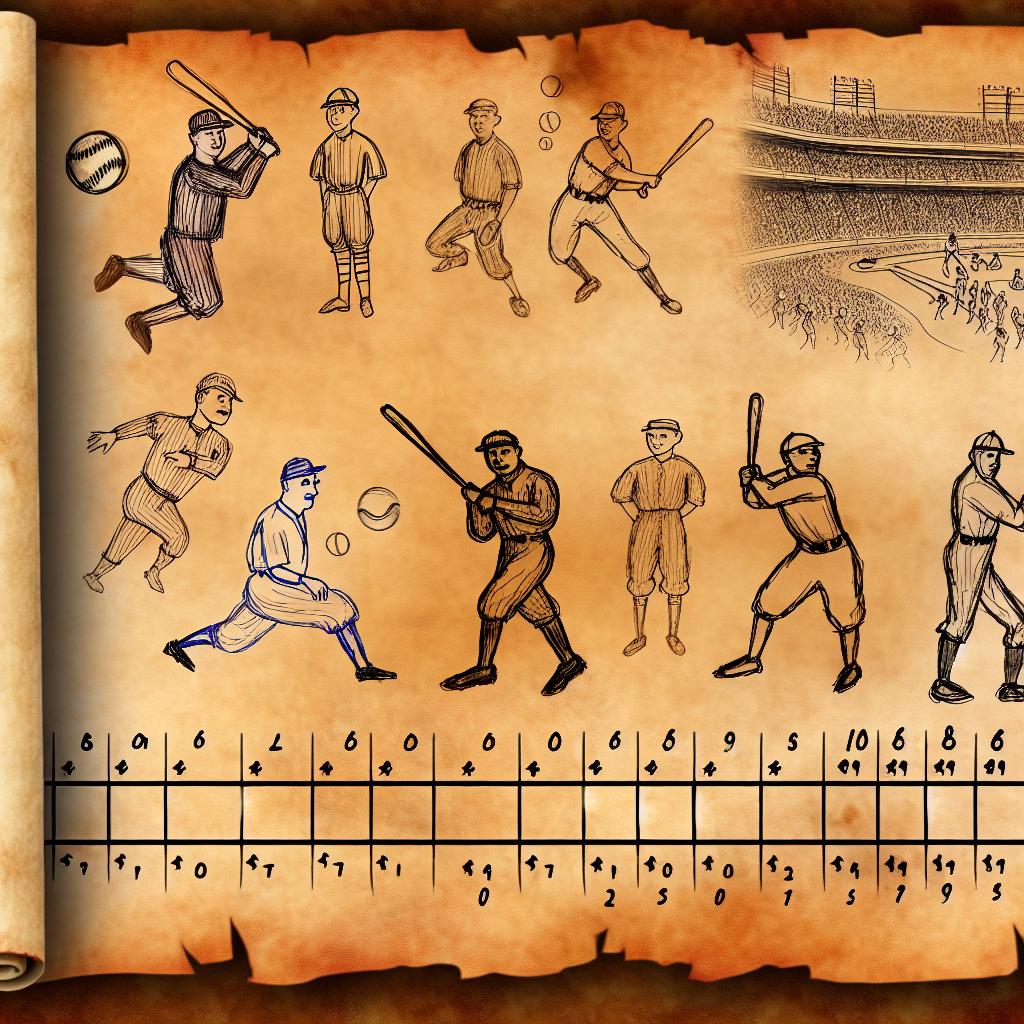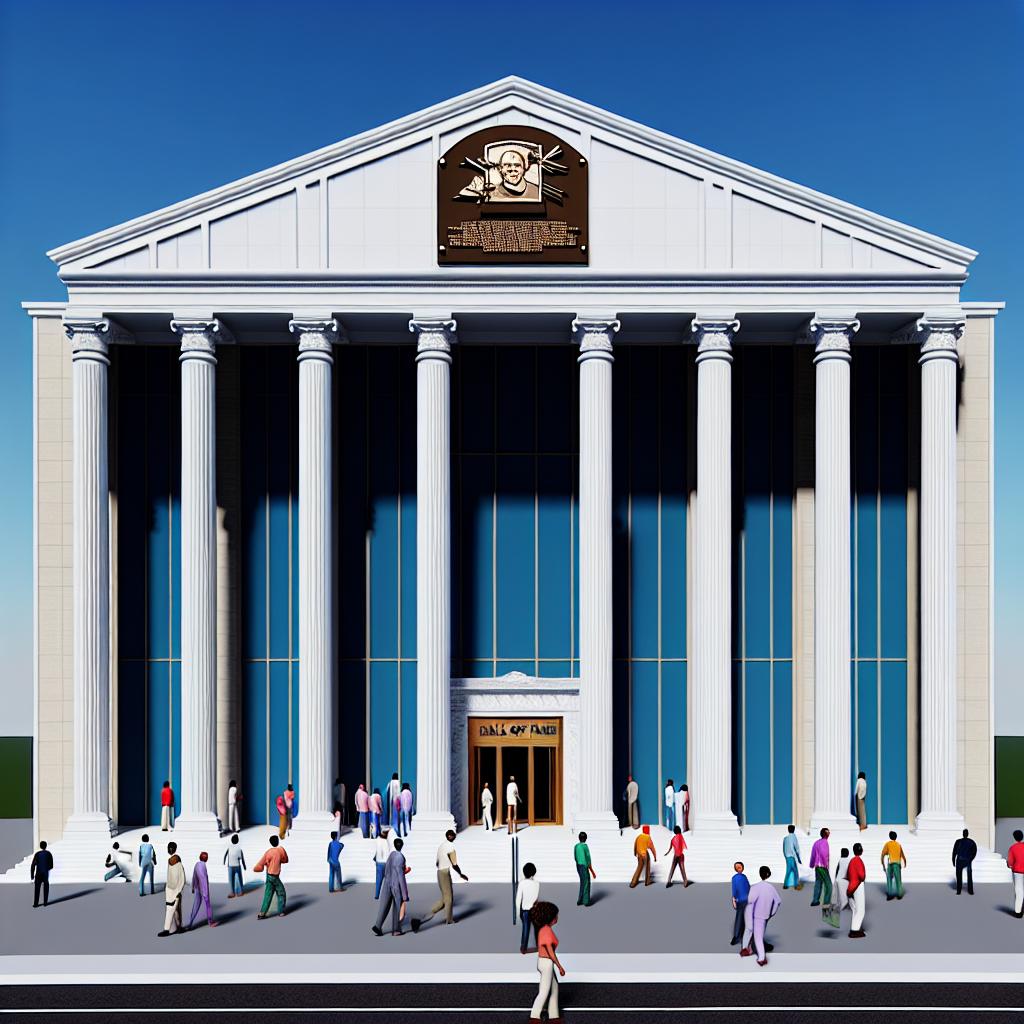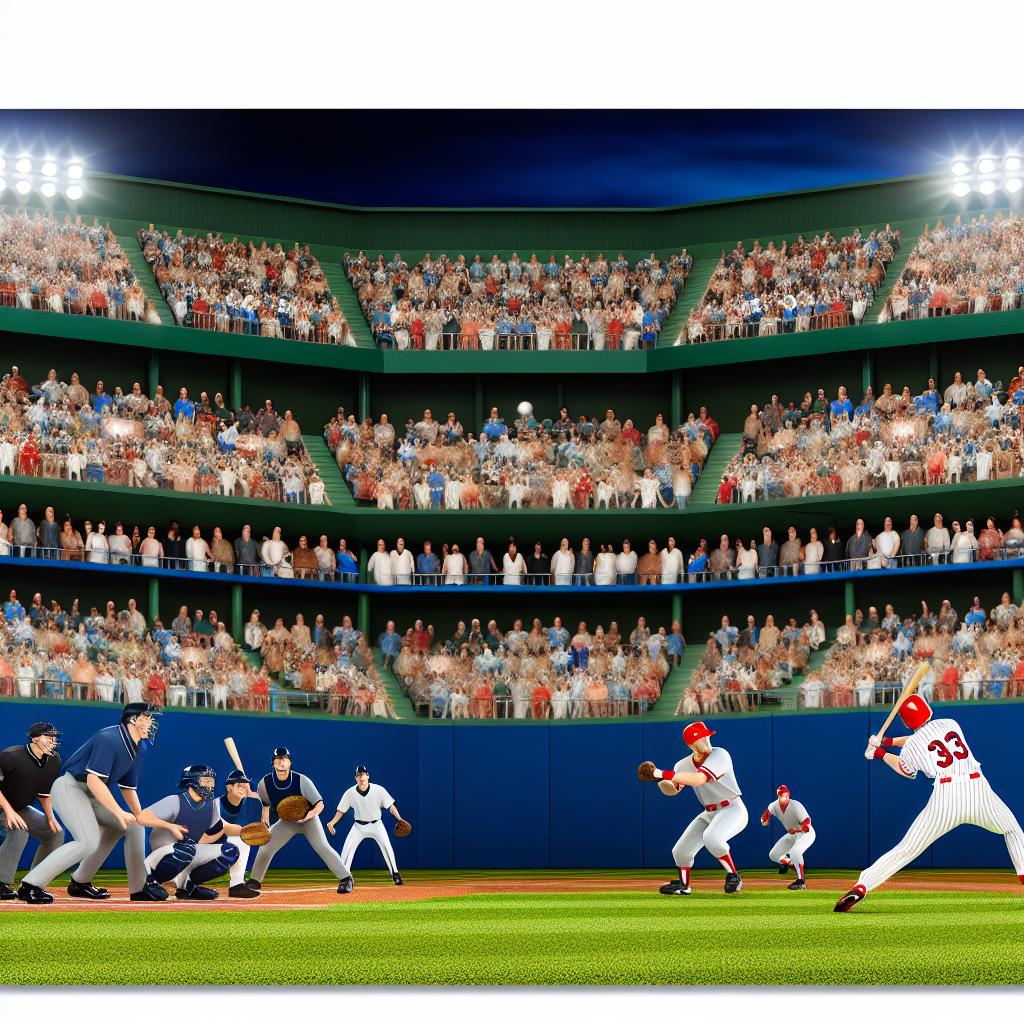The Inception of the MLB All-Star Game
The Major League Baseball (MLB) All-Star Game, an annual exhibition match, showcases the premier players from the American League (AL) and the National League (NL). Over the years, the game has evolved into a midsummer tradition, often referred to as the “Midsummer Classic.” The origins of this celebrated event can be traced back to the Great Depression, a challenging era for both baseball and the entertainment industry due to economic hardships.
The First All-Star Game in 1933
The concept of an All-Star Game was brought to life in 1933, largely due to the efforts of Arch Ward, a sports editor for the Chicago Tribune. The idea was initially designed to be a part of the 1933 World’s Fair in Chicago, aiming to boost national morale and celebrate the beloved sport of baseball during one of America’s toughest economic periods. The inaugural All-Star Game took place on July 6, 1933, at Comiskey Park, the home stadium of the Chicago White Sox.
In this historic game, the legendary Babe Ruth hit the first home run, a feat that significantly contributed to the American League’s victory. The overwhelming success of this initial event solidified the All-Star Game as a permanent addition to the MLB’s annual schedule, providing a platform for baseball’s elite to demonstrate their prowess and entertain fans from all corners of the nation.
Evolution and Changes
Throughout the decades, the All-Star Game has undergone numerous changes and developments. Initially conceived as a showcase for individual talent, it has evolved into an esteemed event highlighting the league’s top players across various seasons. While it started as a one-game affair, the format has been experimented with, most notably between 1959 and 1962, when two All-Star Games were played each season. This change was primarily aimed at generating additional funds for the players’ pension fund, illustrating how the game has adapted to meet various needs over time.
Impact of Television
The introduction of television significantly impacted the reach and popularity of the All-Star Game. The first nationally televised All-Star Game in 1955 allowed fans from across the country to experience the excitement and drama of the match in real time. This expanded exposure played a crucial role in increasing interest and viewership, further cementing the game’s status as a staple in American sports culture. The ability to broadcast the event live not only brought the game into the living rooms of millions of fans but also helped to elevate the profiles of the participating players.
Recent Developments
In more recent years, MLB has endeavored to enhance the All-Star Game’s appeal by introducing additional activities throughout the All-Star Week. One of the most popular additions has been the Home Run Derby, a thrilling event that has captured the imaginations of fans and players alike. The inclusion of events like the All-Star Futures Game and the Celebrity Softball Game has diversified the entertainment options available, catering to a wide range of fan interests and making the celebration of baseball even more engaging.
For those seeking more detailed information and updates on the annual festivities, the official MLB All-Star website serves as a comprehensive resource. This site provides invaluable insights into the history, current developments, and future plans for the All-Star Game, ensuring that fans remain informed and connected to the event.
Ultimately, the MLB All-Star Game continues to serve as a celebration of the best talent baseball has to offer. It symbolizes unity between the leagues and stands as a longstanding tradition cherished by fans and players alike. The evolution and continued success of the All-Star Game highlight the sport’s ability to adapt to changing times while remaining an integral part of America’s cultural fabric. By bringing together top-tier athletes and celebrating the sport’s rich history, the All-Star Game remains a beloved and enduring event in the world of baseball.




